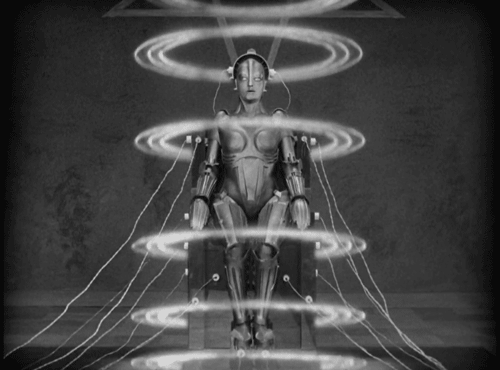Recent years has seen the advent of smaller, lighter computers such as netbooks or powerful tablets such as the iPad Pro or Microsoft's Surface Pro and new Surface Go.
This blog post discusses some of the ways these can be used in archives and libraries to help improve the efficiency of your research. A tablet is able to scan documents, take notes, record citations, provide internet access to library catalogues, integrating and automating many of these tasks. Forget lugging a notebook, pencils, camera, spare batteries, change for the photocopier up the stairs into the library. Just take your tablet!










